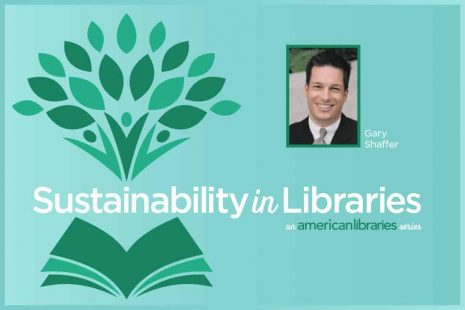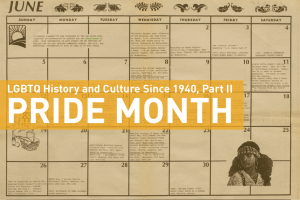
This column is one in a multipart American Libraries series that explores the library profession’s relationship to sustainability.
Triple bottom line (TBL) sustainability is a framework that expands the realm of sustainability beyond the environmental to incorporate economic and social aspects. Let’s face it—a library that is doing everything right by the environment but cannot afford to keep the doors open or pay its staff is not exactly sustainable.
Author and entrepreneur John Elkington, often credited for introducing the concept of TBL, wrote in Cannibals with Forks: Triple Bottom Line of 21st Century Business (1999) that organizations must be economically prosperous, promote environmental quality, and be champions of social justice in order to be considered truly sustainable. A library’s finances, workforce, and the community in which it operates—whether that community is a school, college, corporation, nonprofit, or city—must also be actively moved toward sustainability in tandem with the library’s environmental impact.
The American Library Association (ALA) has a rich history when it comes to TBL sustainability. While not using the term “triple bottom line” specifically, ALA arrived at this place organically beginning in 1969, with the founding of the Social Responsibilities Round Table (SRRT). SRRT was founded on the principle of social justice, and would go on to form the Task Force on the Environment in 1989. The task force made way for the Sustainability Round Table, an organization that hopes, among other practices, that one day all libraries will be financially sustainable.
Organization, offerings, and social measures
TBL sustainability is a natural framework for libraries of all types and sizes. Instead of following some sort of historical mandate that says we should provide access to only books, materials, and databases, the TBL-sustainable library looks to its community and its strategic plan—its mission, vision, values, and goals—to assess what the community needs. If no plan exists, the library should cultivate community conversations and create its strategic plan based on, or in alignment with, community-identified needs. When a library delivers on these needs, it is providing a return on the community’s investment.
The TBL-sustainable library makes sure the library and its suppliers comply with all laws, but it goes further by ethically sourcing its supplies and offerings. The library offers excellent customer service and supports its workforce in every way. It maintains open communication across the organization, often recognizing employees for a job well done and promoting interaction between colleagues at all levels.
Environmental and economic actions
How do we build an environmentally friendly organization? The TBL-sustainable library cuts back on fuel usage, which can reduce greenhouse gasses. It has a recycling program. It tracks and reports annually on how much fuel and associated dollars it saves, how much it reduces its carbon footprint, and how many tons it diverts from landfills.
The TBL-sustainable library further looks to improve its financial structure and monitors economic indicators that can affect the library’s finances. The library, no matter its type, should be promoting an education message; education is the highest tax-funded sector in the US and garners much attention. The TBL-sustainable library continuously introduces new services and products aligned with its strategic plan in order to keep its community and customers engaged.
Ultimately, the TBL-sustainable library fulfills a request made by the United Nations World Commission on Environment and Development in 1987. The commission asked for sustainable development, which was defined in the commission’s Our Common Future report as “development that meets the needs of the present without compromising the ability of future generations to meet their own needs.” It is libraries that can lead the way for their communities and ensure they themselves thrive well into the future.


